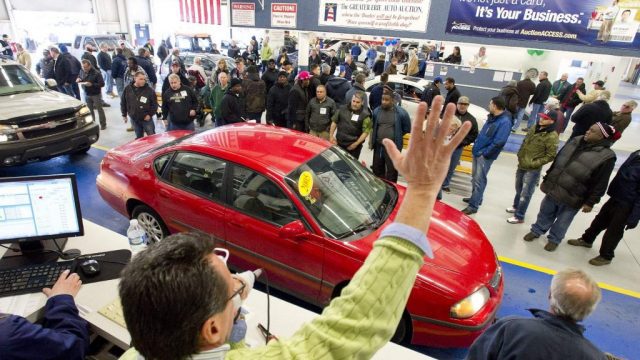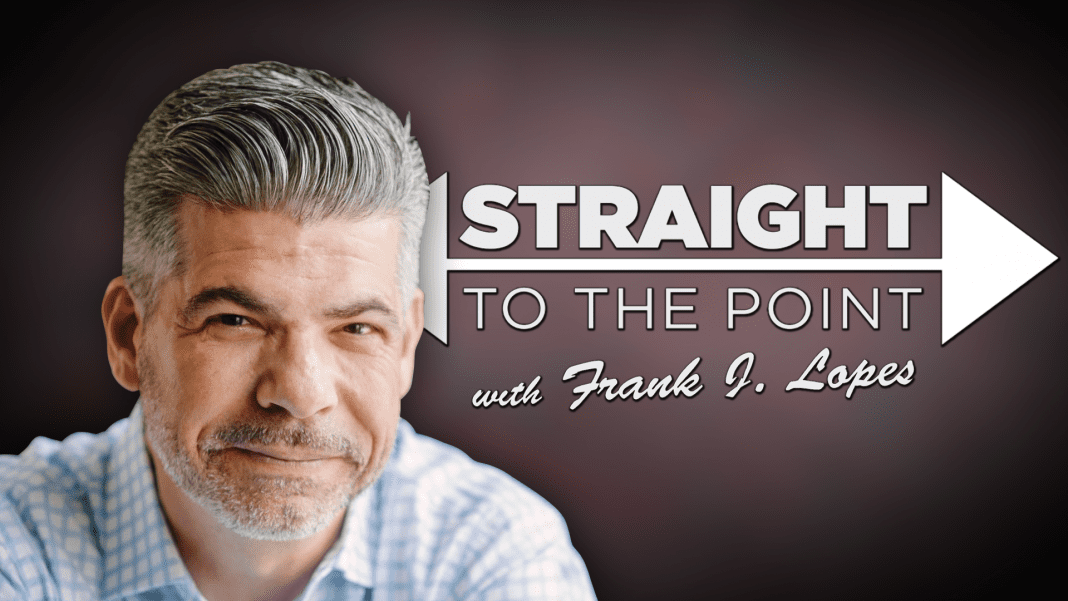On the latest episode of Straight to the Point, host Frank J. Lopes sits down with Senior Director of KBB Instant Cash Offer, Micah Tindor. Lopes gets straight to the point and asks Tindor, will used car values stay this high for long?
Used car values are through the roof. In some cases, customers are able to trade in a vehicle for a higher amount than the original purchase price. Tindor says if you look at the trending car sales versus the trend in new car allocations, it’s indicating that they’re going to stay high for a while.

The projection is that SAAR will be 13.1 million vehicles sold in 2021. Inventory is significantly constrained and prices are at an all-time high. If you take the number of vehicles stripped out of new production, that’s 2.7 million cars. That is about 20% of all inventory stripped out of production this year.
In the KBB report, 50% of consumers said they would consider waiting on a vehicle because of the shortages. 75% of consumers said they’re willing to drive outside their local area for a vehicle. 35% of consumers said they are willing to pay above MSRP on a vehicle. Tindor says, with those indicators, prices will stay hot and demand will stay high.
In order to acquire inventory quickly, Tindor says to start following non-traditional options. The next option is consumer acquisition. Lastly, buy from the auction. When going to auctions, and you ask what should I buy, your data should line up with your dealer strategy.
On average, used cars under $10,000 are selling within 30 days. $10,000 to $25,000 vehicles are selling within 34 to 38 days. Used cars in the $25,000 to $35,000 range are a little higher and are selling within 42 days. Used cars over $35,000 are selling within 48 days. Tindor says to buy cars that meet your go-to-market strategy but pay attention to vehicles in the low market day supply.
Younger customers are price shopping their used cars, aggressively. Tindor says the younger generation is price shopping four to seven sites, 30% of the time. Older generations are price shopping one to three sources, 70% of the time. If dealers don’t respond in a correct pricing bucket, consumers know they can go to someone else.
Consumers are taking advantage of selling their cars online. Tindor says the primary emotional need consumers had when selling a car was confidence. They’re more knowledgeable than they use to be. Tindor says you want to make sure that you engage them with your best foot forward from a pricing perspective and give them emotional peace of mind.
| Related: How the emotional state of consumers impacts their buying decisions |
Did you enjoy this podcast episode of Straight to the Point? Please share your thoughts, comments, or questions regarding this topic by submitting a letter to the editor here, or connect with us at newsroom@cbtnews.com.
Be sure to follow us on Facebook and Twitter to stay up to date or catch-up on all of our podcasts on demand.
While you’re here, don’t forget to subscribe to our email newsletter for all the latest auto industry news from CBT News.










